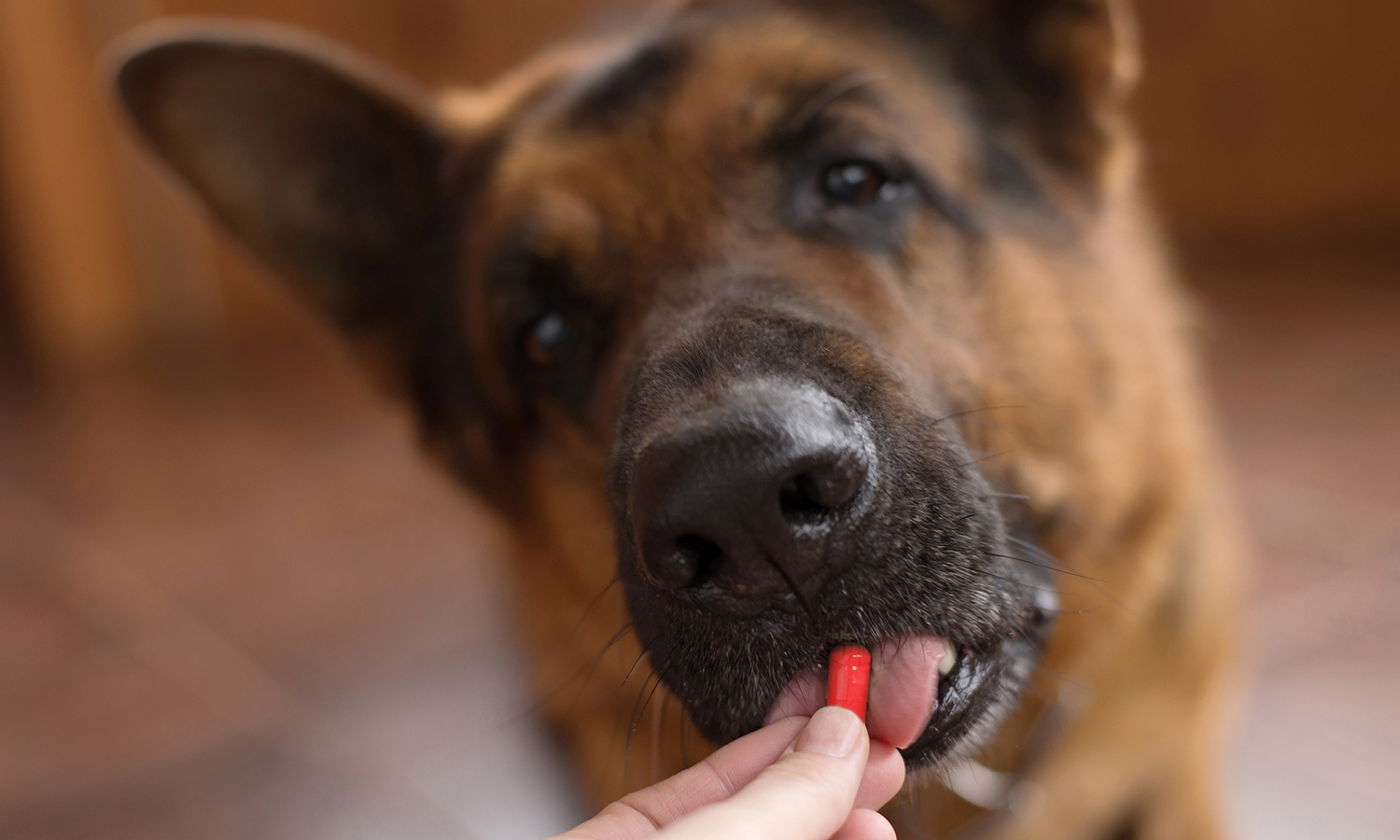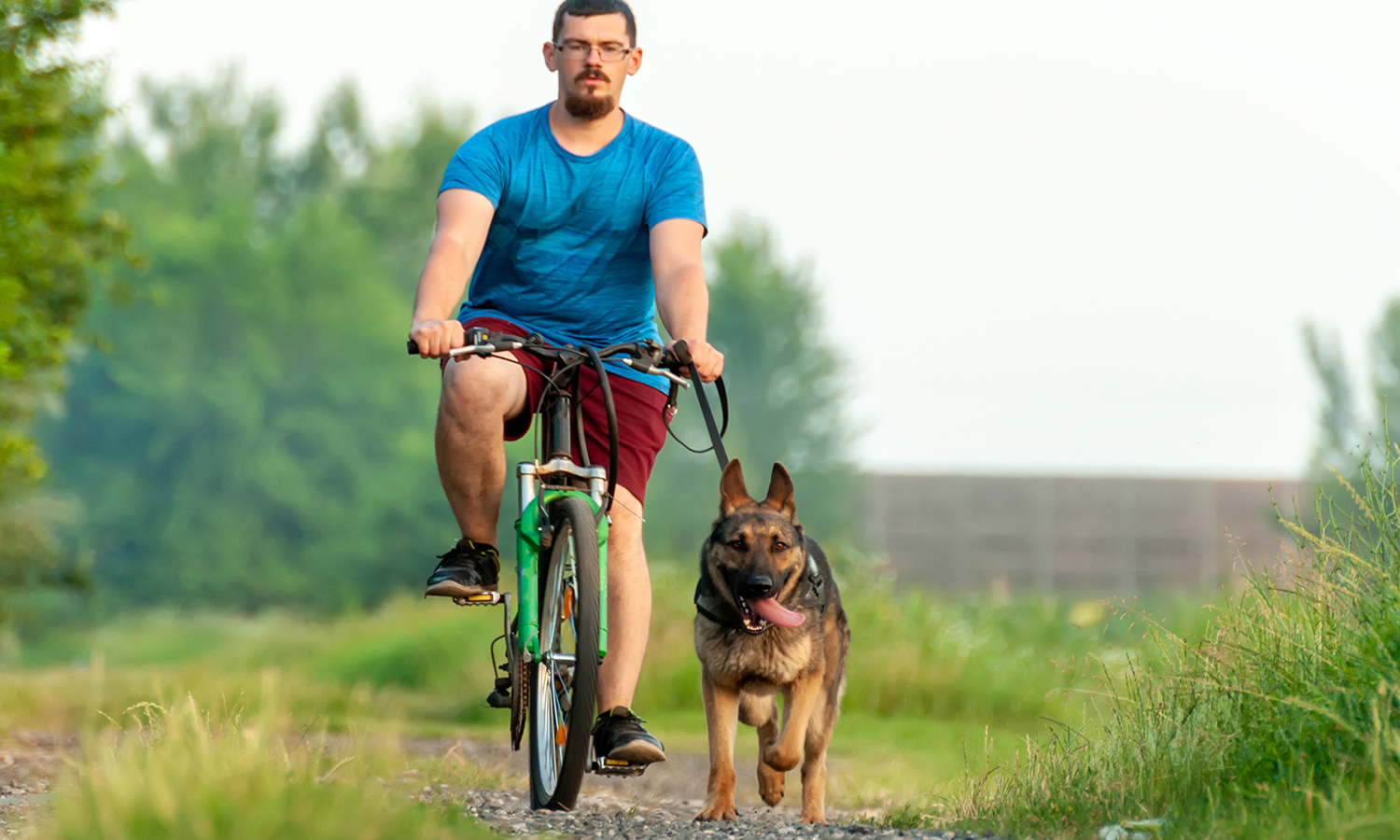
There has been a lot debate recently over what a healthy diet for dogs looks like. For the longest time, dog food either came in a big paper sack or a can. Today there are many choices for those who are very particular about what they will feed their pet.
One of the more popular options for dogs today is going grain free. Some people believe that it’s the proper way for a dog to eat, but not everyone is convinced.
What’s the difference between grain free dog food vs regular dog food? Read below to find out more.
Grain Free Dog Food vs Regular Dog Food
What’s the real difference between grain free dog food vs regular dog food? The base of what these foods are made from is the real difference. For traditional dog food, the base is often made from cereal grains.
Cereal grains are the seeds of certain plants that are grown as food. These grains include barley, rye, spelt, wheat, corn, oats, or rice. Other grains like buckwheat or quinoa have been gaining popularity lately, however they’re most likely not going to found in dog food.
A traditional dog food is also using grain as a source of carbohydrates and sometimes protein. So, the real difference between grain free dog food and regular dog food is that grain free dog food does not use any grains. Grain is not a “filler” nor is it a source of carbohydrates. Instead, these grain free dog foods often use potatoes, peas, chickpeas, or carrots as a source of carbohydrates.
Should Dogs Eat Grain?
Often times, food manufacturers use these simple grains because they are cheap. Making food out of rice or corn is much cheaper than making food from meat. For the most part, the inclusion of grain in dog food is for cost savings. However, should dogs be eating grain?
For the most part, there’s no reason not to feed grain to a dog. Even people who go on gluten free diets or other food group restrictive diets do so because the inclusion of those foods cause them distress. These people have diet-based discomfort and have traced that discomfort to a group of foods. If these people didn’t feel discomfort, they would probably continue to eat without restriction.
It should be the same for your dog. There is no reason not to eat grains, unless it causes discomfort. Your dog can’t tell you how they are feeling, but these symptoms have been associated with food allergy in dogs:
Persistent flatulence
Diarrhea or loose stools
Skin irritations or rashes
Excessive scratching, licking, or biting often to relieve an itch
Vomiting
Chronic ear infections.
If your dog presents these symptoms often, it might be time to go see your vet. It’s not a great idea to just switch your dog’s diet without at least checking in with your vet first. This is especially the case if you are changing their diet for health reasons.
Are There Benefits to Eating a Grain Free Diet?
There are some benefits to removing grain from your dog’s diet even if they do not have a grain allergy. Most vets believe that dogs are fine eating grains, and most dog foods only have about 10% grains anyway. However, is there any benefit to removing those grains from your dog’s diet?
Often times when you remove grain from a dog’s diet, it gets replaced by protein or other animal fats. This works to your dog’s benefit because a grain free diet is easier to digest. Owners have also noticed other health benefits to a grain free diet:
Increased energy
Eating less frequently
Less bowel movements
Healthier skin
Less shedding
More lustrous coat
Better breath
Less flatulence
Overall, a grain free diet can be of benefit to your dog. While some dogs see the symptoms of their allergies relieved, others simply benefit from the change of lifestyle. Whatever your reason, cutting grain can be great for your dog’s diet.
How to Transition to A Grain Free Diet
It’s worth saying again. Any time you decide to change your dog’s diet, make sure you check in with your vet first.
When you want to change your dog’s diet, a good rule of thumb is to go slow. Don’t just throw away their old food and replace it with the new stuff. This isn’t going to go well for your dog. They’ve gotten used to the food you had, and it will take time for them to adjust to the new food.
The best way to slowly transition your dog to grain free good is to mix it into their old food. You can either mix a small amount in their bowl each time you feed them, or you can mix your container of food with the new food.
Each time you feed your dog, mix a cup of the new food with the old food. This method works well because each day your dog is eating a little more of their new food. They will slowly acclimate to their new diet. Eventually, you’ll have no more of the old food left and your dog will only be eating the new, grain free food.
Anytime you switch your dog’s food, be sure to keep a close eye on them. Check their stools. You want to make sure they are not constipated or having diarrhea. Also make sure they are not having any other strange symptoms like excessive scratching, hair loss or lack of interest eating or drinking. Those signs tell you that something is wrong and you should consider contacting your vet.
Also, be sure to read the label on your new dog food. Read it especially well of you have a puppy. Diets that are high in protein can actually damage a puppy’s kidneys. Either make sure you are feeding them a puppy formula or consider traditional dog food until they grow out of their puppy phase.
When considering the difference between grain free dog food vs regular dog food, it’s important to always put your dog’s needs first. For many dogs, traditional dog food is enough, but if you feel your dog needs grain free food, it’s good to know there are many choices available.
T
The biggest mistake pet owners make is attempting to elevate their German Shepherds to their status and think of them as human.
Take trainingt your dog that is at fault.
The more you consider your German Shepherd to be a human, the more your German Shepherd will consider you to be a dog.
If your German




